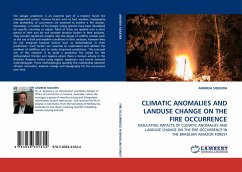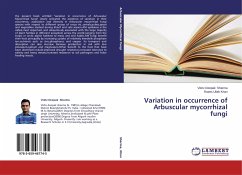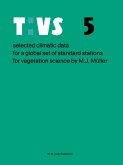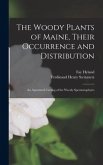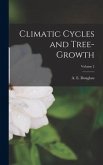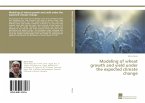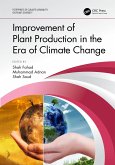Fire danger prediction is an essential part of a modern forest fire management system. Various factors such as fuel, weather, topography and probability of occurrence are assessed to predict a fire danger. Nowadays, a number of fire danger rating systems have been developed for specific countries or region. Most of these are applied over a short period of time and do not consider landuse factors in their analyses. They provide significant insights into the design of wildfire models such as the use of fuel and weather conditions in their analyses; however they do not integrate landuse factors such as deforestation in their predictions. Such factors are essential to understand and address the problem of wildfires and to make long-term predictions. The principal aim of this research is to build a predictive fire model for the deforestation frontier and regions where there is human activity in the Brasilian Amazon Forest using logistic regression and neural network methodologies. These methodologies quantify the relationship between climatic anomalies, landuse change and topography for fire occurrence over time.
Hinweis: Dieser Artikel kann nur an eine deutsche Lieferadresse ausgeliefert werden.
Hinweis: Dieser Artikel kann nur an eine deutsche Lieferadresse ausgeliefert werden.

